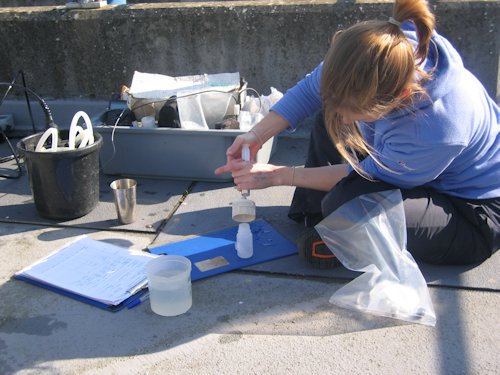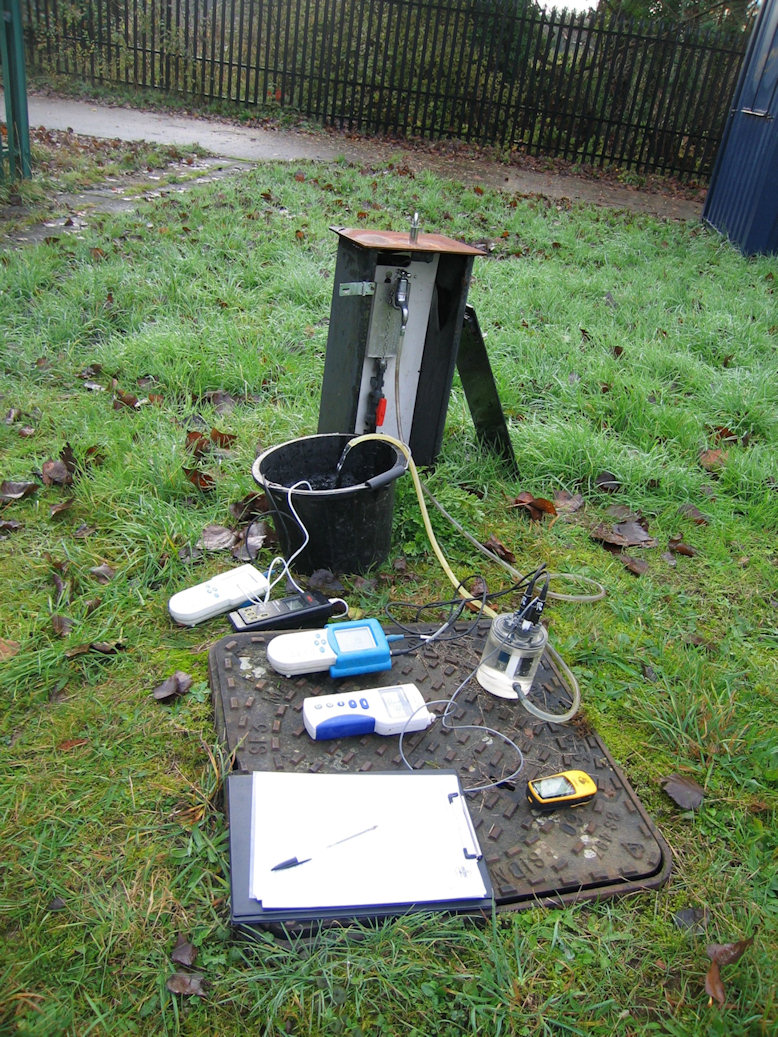Defining and investigating the groundwater quality baseline
What do we mean by baseline?
Opinions differ on the precise meaning of the concept of 'baseline' in the context of groundwater chemistry. Our aim has been to establish the chemistry of water under natural conditions. For some parameters, the definition is clear-cut: the presence of purely artificial substances (e.g. pesticides, CFCs) represents a departure from natural conditions. However, many solutes can be derived either from pollution or from natural sources. Examples include nitrate, phosphorus and arsenic. To add further complication, a given groundwater body may contain some specific pollutants alongside other chemicals that are entirely naturally-derived.
Our working definition of 'baseline' is:
"The range in concentration (within a specified system) of an element, species or chemical substance present in solution which is derived by natural processes from natural geological, biological, or atmospheric sources."
How does the baseline vary?
Groundwater chemistry varies widely as a function of complex and interacting geological, geochemical, hydrogeological and climatic factors. These give rise to large variations in chemical quality — in both space and time — at a range of scales. The baseline for a given chemical will vary significantly both between and within aquifers. It is scale-dependent and should be considered as a range rather than a single value.
How do we investigate the baseline?
We have been characterising the groundwater chemistry and interpreting the main geochemical processes in each of our study areas. This has involved:
- collating existing reliable data for groundwater chemistry (spatial and time-series data), rainfall, land-use and aquifer mineralogy and geochemistry
- new sampling of groundwater sources for a comprehensive suite of inorganic constituents (typically 25 – 35 samples per study area).
Data have been interpreted and mapped to characterise local groundwater conditions. Comparisons have been made with similar aquifers elsewhere, and we have investigated changes down the groundwater flow gradient and, where possible, with depth and time.
Statistical methods, including summary data (medians, percentiles), box plots and cumulative-probability diagrams, also provide valuable analytical tools for assessment of the chemical data.
These approaches have been used in combination for production of the BGS Baseline report series. The reports provide a summary of the inorganic chemical status of groundwaters in a given study area or aquifer and the key pressures on regional water quality.
Find out more about UK baseline sampling and analysis.
Contact
Contact Pauline Smedley for further information.








